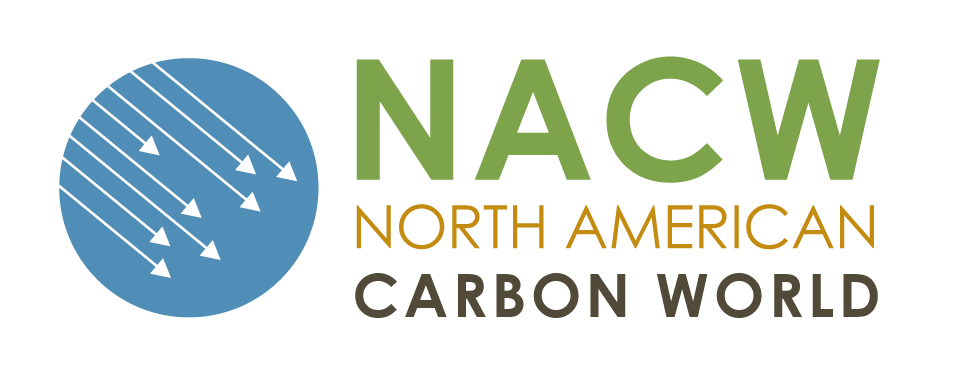There is a new pioneer in climate policy on the West Coast. Washington secured a unique place for itself in the world of climate policy when the state adopted its Clean Air Rule on September 15. The rule introduced individual caps for parties that are responsible for 100,000mt or more annually, and each cap decreases by an average of 1.7 percent of the baseline annually. When the first compliance period begins January 1, 2017, 24 parties will be covered under the rule.
Approximately three-quarters of the emissions covered under the rule are indirect emissions that are difficult to reduce, so it is expected that covered parties will rely heavily on using options outside of reducing their direct emissions to meet their caps. The Clean Air Rule allows for the use of Emission Reduction Units (ERUs) to meet compliance obligations and provides for a number of different ways to obtain ERUs. One way that has already been proven as an essential component to California’s cap-and-trade program is the use of offsets. Covered parties can convert Climate Reserve Tonnes (CRTs) from offset projects located in the State of Washington under the Climate Action Reserve’s Landfill, Livestock, Organic Waste Digestion, Organic Waste Composting and Nitric Acid Production Project Protocols to ERUs. The Reserve has registered 11 offset projects that meet the Clean Air Rule criteria and has issued 755,437 CRTs to those projects to date. For more information on those projects and credits, please see the below table. Ecology has indicated it is likely additional offset project types may be included in future updates to the rule.
The Clean Air Rule was enacted under authority from the state’s Clean Air Act and will be a significant tool to help the state reach its emissions reduction goals of 1990 levels by 2020 and 25 percent below that by 2035. As is expected for any regulation seeking to reduce emissions, several lawsuits on state and federal levels have already been filed against the rule. The state worked closely with its large emitters in crafting the rule, and despite the legal challenges, capped entities have publicly expressed optimism about working with the rule.
Registered projects and CRTs eligible under the Clean Air Rule (as of Oct 10, 2016)
| Project | Project Developer | Protocol | Location | Offsets |
| Cedar Grove – Maple Valley OWC Composting Project | ClimeCo Corporation | Organic Waste Composting | King County, Washington | 250,643 |
| Cedar Grove Composting | ClimeCo Corporation | Organic Waste Composting | Everett, Washington | 128,445 |
| Edaleen Cow Power, LLC | Camco International Group, Inc. | U.S. Livestock | Lynden, Washington | 17,053 |
| Farm Power Lynden Anaerobic Digester | The Climate Trust | U.S. Livestock | Whatcom County, Washington | 30,426 |
| Farm Power Rexville Regional Digester | The Climate Trust | U.S. Livestock | Mount Vernon, Washington | 71,610 |
| George DeRuyter & Sons Dairy | Origin Climate Inc. | U.S. Livestock | Outlook, Washington | 131,618 |
| Lenz Composting | ClimeCo Corporation | Organic Waste Composting | Snohomish County, Washington | 28,522 |
| Rainier Biogas, LLC | NativeEnergy, Inc. | U.S. Livestock | King County, Washington | 3,101 |
| Sudbury Road Landfill Gas Destruction Project | City of Walla Walla | U.S. Landfill | Walla Walla, Washington | 32,087 |
| Vander Haak Dairy | Environmental Credit Corp. | U.S. Livestock | Lynden, Washington | 3,639 |
| Washington Beef LLC Greenhouse Gas and Solids Reduction Project | Washington Beef, LLC | Organic Waste Digestion | Yakima County, Washington | 58,293 |




